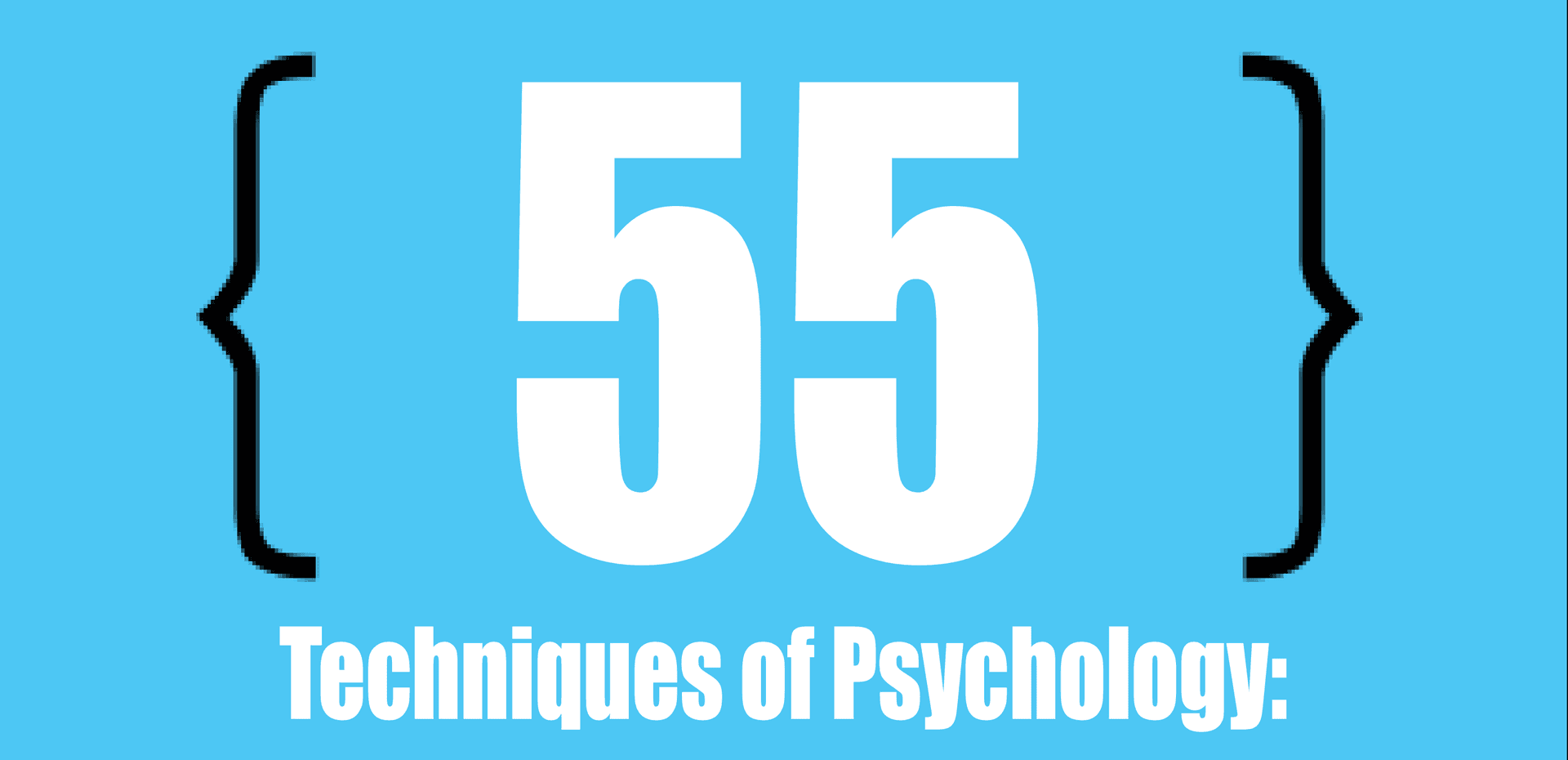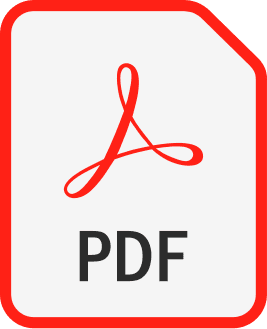55 Techniques of Psychology: Storytelling Behind Influence
The handbook was created within the framework of the Long-Term Training Course “SecureScreen”, designed to familiarise youth workers and human rights educators with techniques commonly used to increase vulnerablilty in online environment. By understanding these methods, educators can better protect their beneficiaries and strengthen their digital resilience and safety.
Location
Luxembourg
Duration
2025
Focus Areas
Psychological influence, media manipulation, digital resilience, cognitive biases, propaganda techniques, behavioral psychology
Key Research Areas
Foundations of psychological influence, advertising and marketing manipulation, political propaganda techniques, media and entertainment influence, business and everyday life persuasion, medicine and health communication
Authors
Seg Kirakossian, Anahit Matinyan, Monica Bogdan, Vahagn Vardumyan

Key Research Areas
The handbook systematically examines fundamental psychological mechanisms across multiple domains of influence. It begins with foundations of psychological influence including social proof, reciprocity, scarcity and urgency, anchoring bias, framing effect, the halo effect, priming, cognitive dissonance, and bandwagon effect. The research then explores influence in advertising and marketing through storytelling in ads, the uncertainty principle, neuromarketing, decoy pricing strategy, subliminal advertising, FOMO, emotional anchoring, rejection-then-retreat technique, and vividness bias. In the political and propaganda sphere, the handbook analyzes astroturfing, moral panic strategy, authority bias, stereotype technique, emotional hijacking, reframing the debate, pseudo-events in propaganda, victimhood as strategy, and moral superiority. The research also covers media and entertainment influence including media framing, false equivalence, normalization of deviance, crisis narratives, the mystery box effect, echo chambers, red herring, and digital feedback loops.
The handbook extends its examination to business and everyday life persuasion techniques including visionary leadership, the endowment effect, zero-sum game framing, the compromise technique, charismatic authority, the power of the ask, false urgency, the power of silence, and foot-in-the-door. In medicine and health communication, the research explores fear-based health campaigns, placebo messaging, and the fear and relief cycle. Advanced influence techniques are also examined, including reversed victimhood strategy, tough on crime narratives, leveraging mirror neurons, digital doppelgänger, influencer culture, amplifying vulnerability, charismatic disruption, and false confidence. Throughout all research areas, the handbook provides ethical considerations and defense strategies against manipulation, including defensive reframing, emotional hijacking awareness, cognitive flexibility for resistance, recognizing confirmation bias, psychological reactance, self-interest test, and cognitive freedom.
Research Outcomes
The research delivers a comprehensive framework of 55 distinct psychological influence techniques organized into seven categories, providing a systematic understanding of how perception and decision-making can be manipulated across different contexts. Each technique is defined, described with real-world applications, and illustrated through situational cases, creating an educational resource designed to familiarize youth workers and human rights educators with techniques commonly used to increase vulnerability in online environments. The handbook provides comprehensive guidance on ethical considerations and defense against manipulation, along with 34 psychological experiments and demonstrations with practical tools for facilitators to help participants experience how perception, memory and decision-making can be manipulated, transforming abstract concepts into concrete insights for media literacy learning and strengthening digital resilience and safety.
Our Partners
Co-Funded by

Co-Funded By The European Union

Anefore
